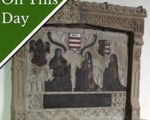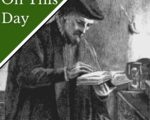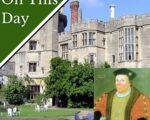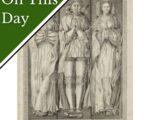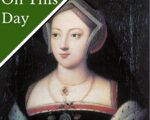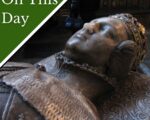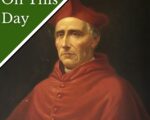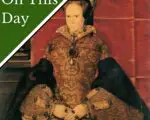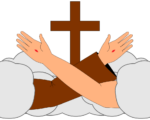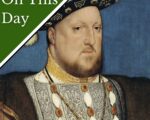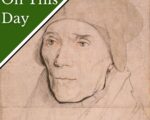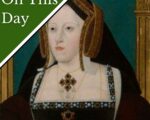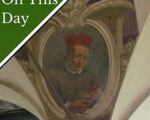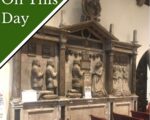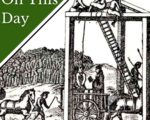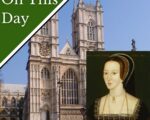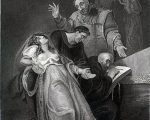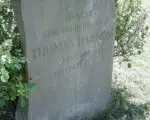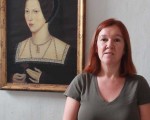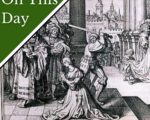On this day in Tudor history, 16th August 1549, in the reign of King Edward VI, landowner and administrator Sir Christopher More died. He was buried in St Nicholas’s Church, Guildford, in the Loseley Chapel.
More was a Justice of the Peace and sheriff during the reign of Henry VIII and was appointed to the guard of honour prepared for Anne of Cleves in late 1539.
Here are some facts about Sir Christopher More:
Sir Christopher More was born in around 1483 and was the son of fishmonger John More and his wife, Elizabeth.
By 1504, More was married to Margaret Mugge, who came from Guildford, and the couple had 12 children together. By 1535, Margaret had died and More had married Constance Sackville, widow of William Heneage.
In 1505, in the reign of King Henry VII, More was made a clerk of the exchequer, and More also purchased the office of alnager, i.e. an inspector of the quality and measurement of woollen cloth, in Surrey and Sussex.
[Read More...]
